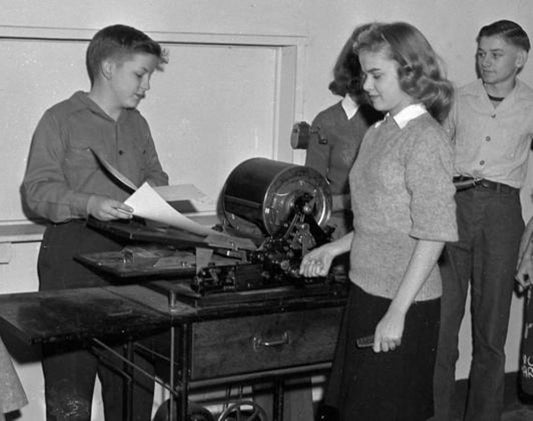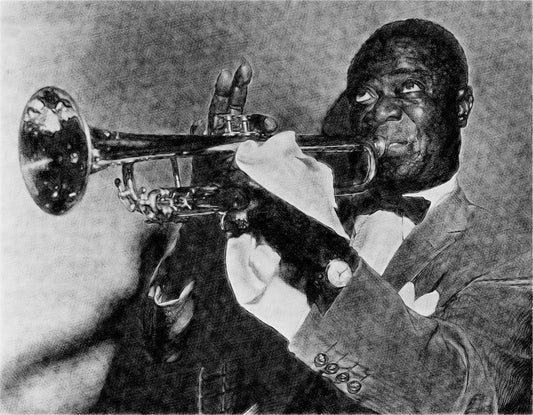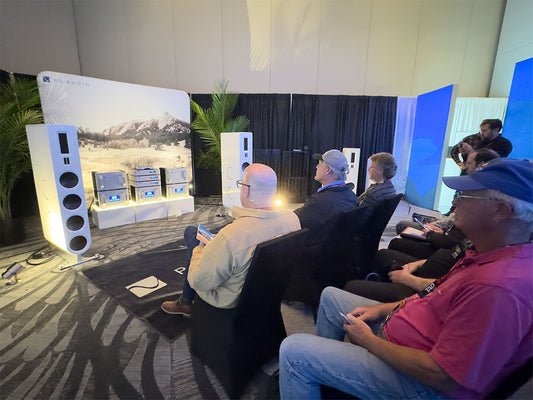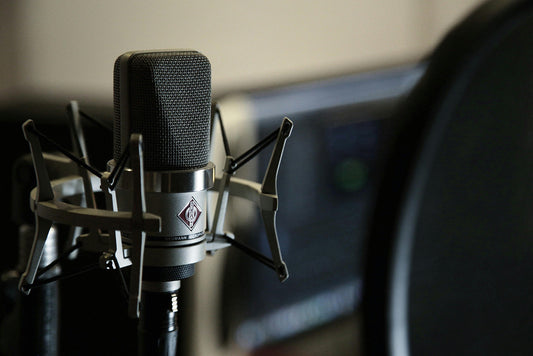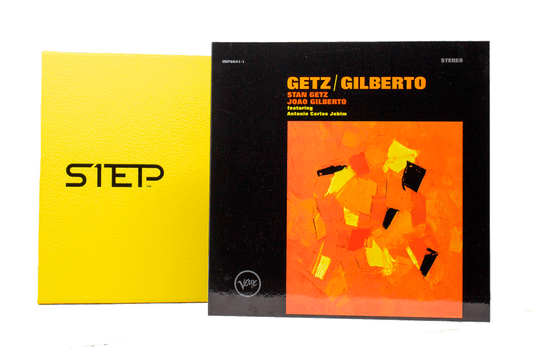Purity at the source
by Paul McGowan
In yesterday's post, I spoke of how CD quality streaming on Qobuz bested by a country mile the same on Tidal. But it makes one wonder. How could that be true? How could the identical file sent by one service sound different than by another? Technically, they should be the same. But, they are not.
One question that has long plagued me and others (thanks Kent!) is how streaming services get their original files. Are they simply handed over by the labels? I suspect not in many cases. Spotify founder Daniel Ek speaks volumes of how difficult his company's beginnings were when not one label would give him the time of day. This suggests the entire Spotify library, at least at the time, was ripped independently from commercially available media.
Working with mastering engineer Gus Skinas for so many years I have come to understand how rare good sounding digital masters are. Just the act of transferring the original files—analog or digital—to a CD master has an enormous impact on how they sound. I have had this demonstrated to me too many times to even question it for a moment.
So, we understand bits aren't bits. And we can easily demonstrate the transfer of digital audio to a commercially viable medium varies sound quality. Is it any wonder one streaming service sounds remarkably different than another?
It would be interesting to know how each of the two services got the bulk of their libraries.
- Choosing a selection results in a full page refresh.
- Opens in a new window.


